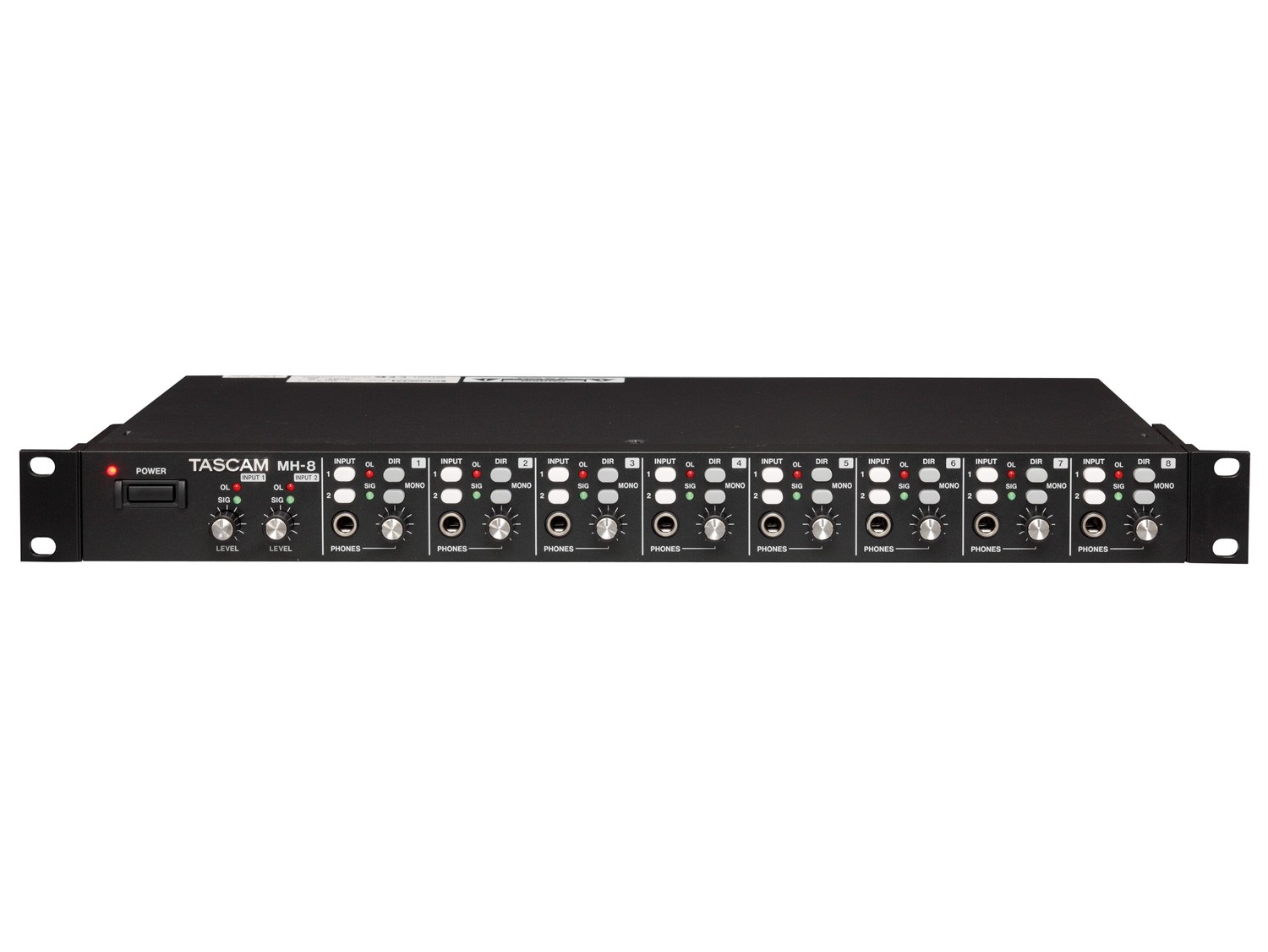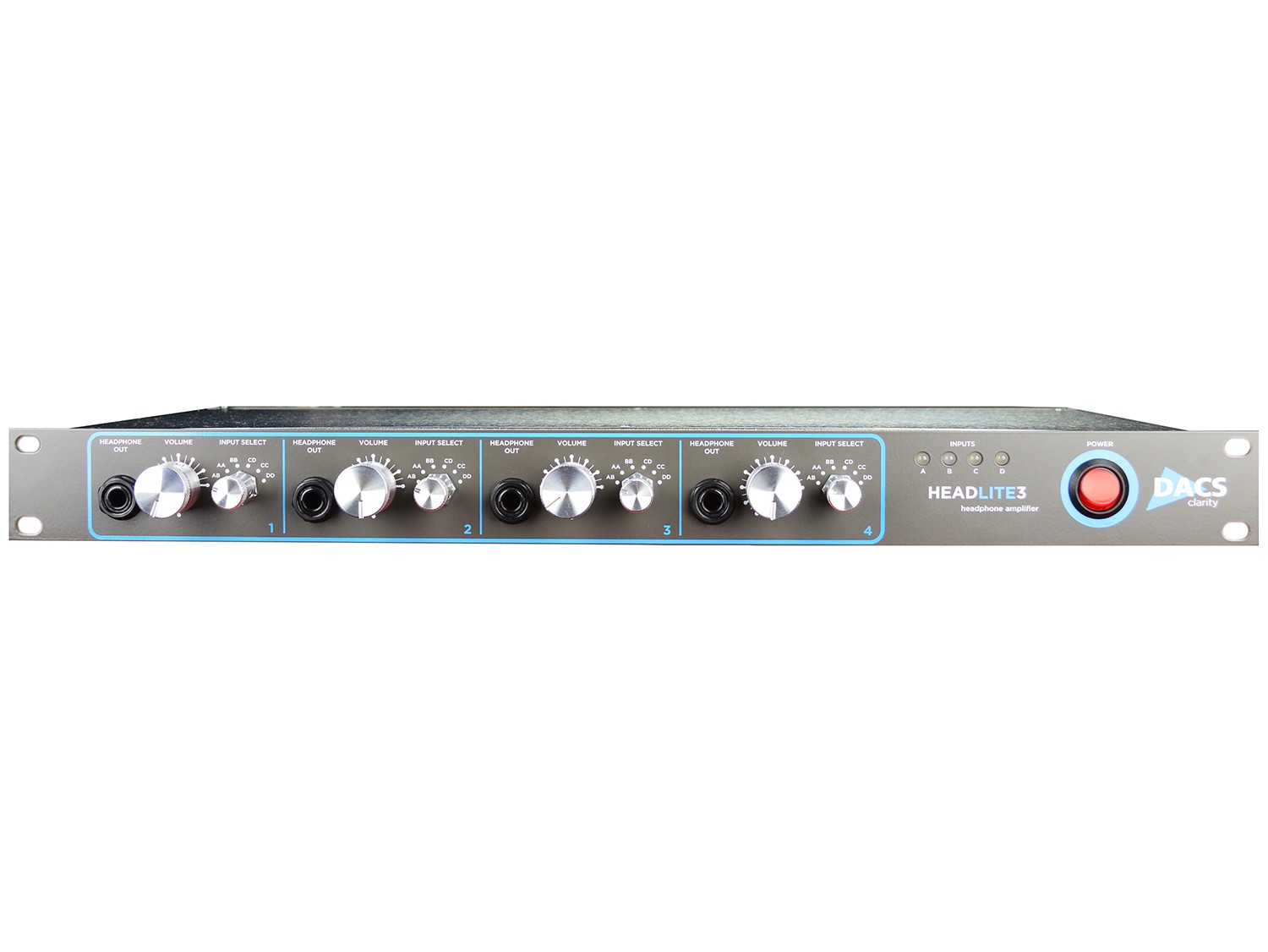
Can the Can – Headphone Choices
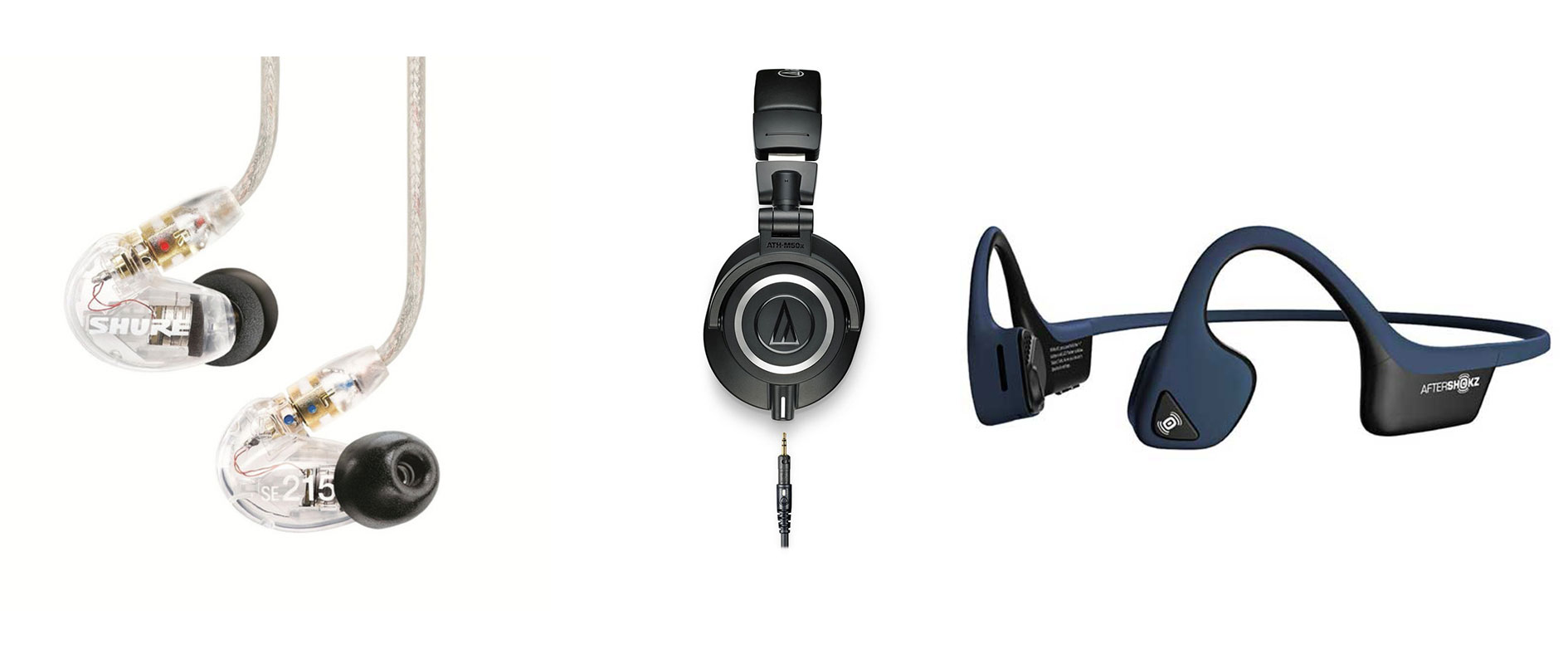
On Ear* Headphones – the vast majority of studio type headphones are “On Ear”, meaning they have some type of headband that allows them to be positioned over the whole of your ear; as opposed to “Ïn Ear” type headphones, which as the name implies fit into the ear (think buds for example), or “Conductive” headphones which basically attach to your body or skull and vibrate your bone structure to transmit audio to your brain!!!
*Also sometimes referred to as “Over Ear”
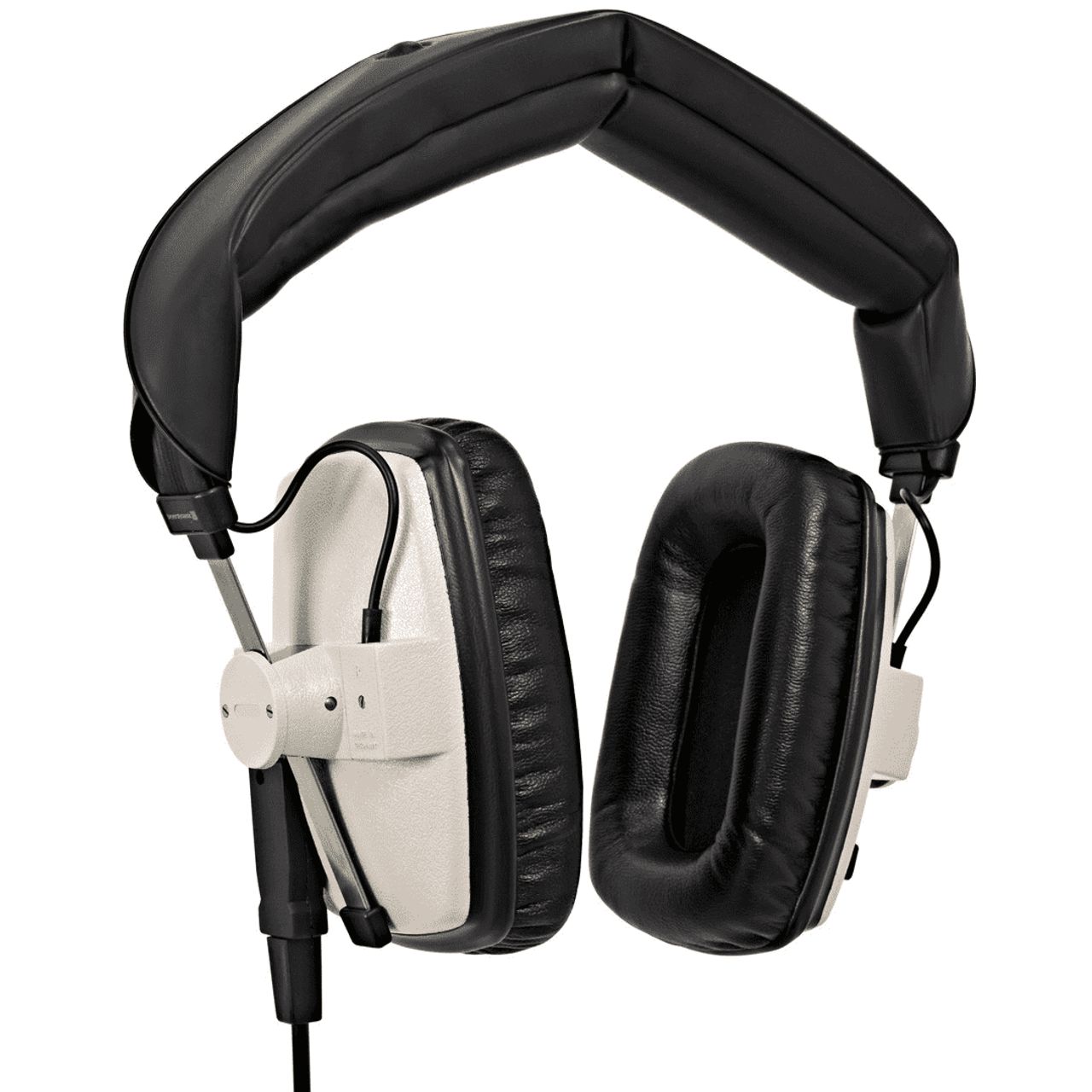
Closed Back On Ear Headphones
Open Back On Ear Headphones
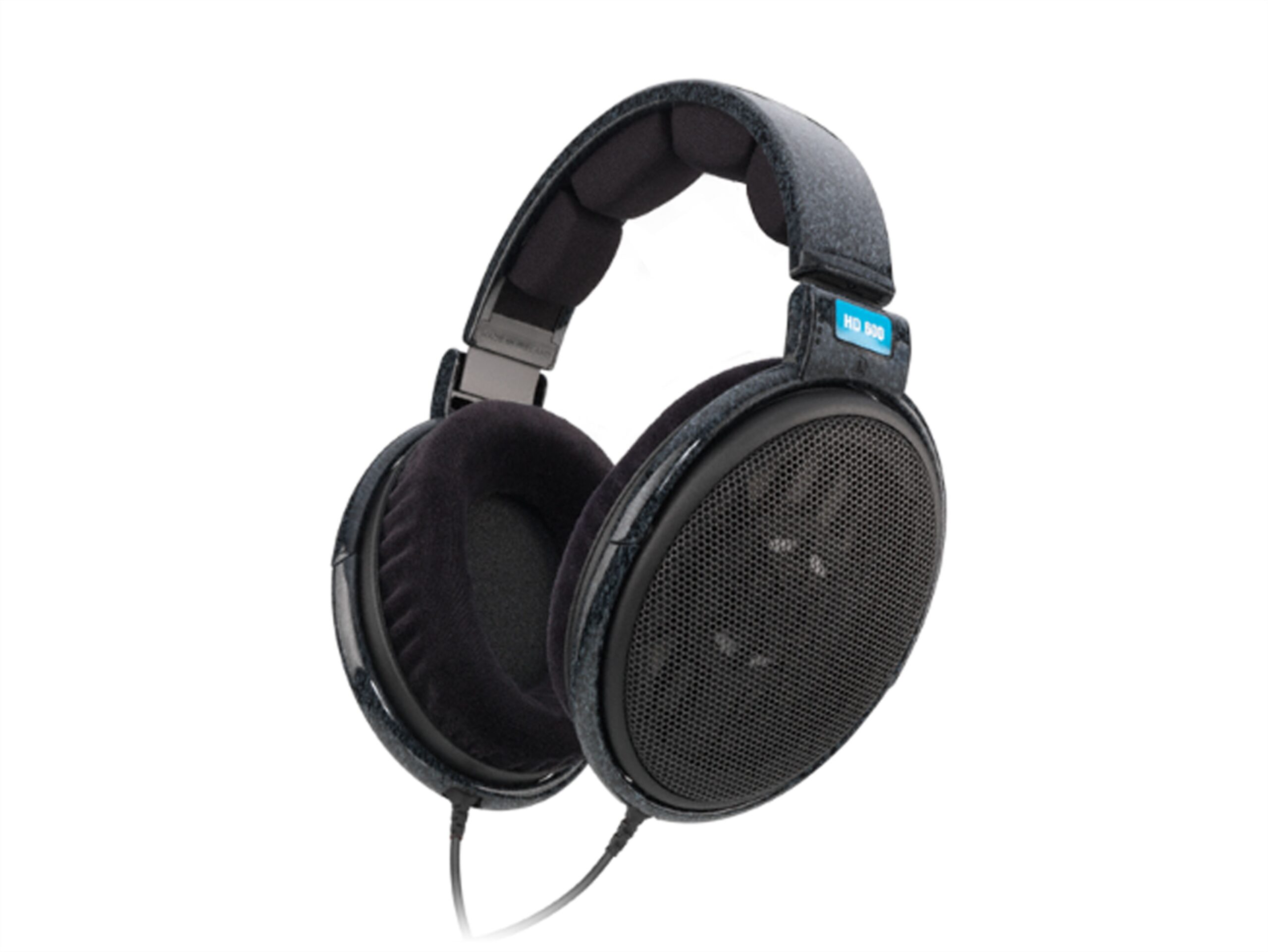
Wired/Wireless Headphones
The Mating Game – Matching Headphones to Headphone Amps
Most professional headphones have an impedance of around 100 Ohms or above which reduces distortion in the signal more effectively when compared to lower impedance or consumer models. They also require higher voltage than their lower impedance counterparts so both of these factors are important when it comes to choosing an appropriate headphone amp to pair them with. Ideally you need to pair your studio headphones with a headphone amplifier that has a source impedance roughly 2.5 to 8 times less than the headphone impedance. For example, for a pair of 300 Ohm headphones a good matching headphone amp would need to have a source impedance of between roughly 40 – 120 Ohms.
Depending on the “noisiness” of the studio environment these 300 Ohm headphones are operating in, their headphone amp would also need to supply a voltage of anywhere between 5 – 15 dBV to enable them to perform with optimal loudness/sensitivity and deliver their specified dynamic range. This level of voltage is not common in mobile or consumer headphone amps which typically only provide only 1-3 dBV so, a purpose designed studio headphone amp will invariably yield better results.
The final point to consider when it comes to matching is distance and cable quality. In general, the longer the length of the cable between headphone and headphone amp, the more getting impedance and voltage matching wrong will impact sound quality. The same is true of cable quality. So, if you’re driving professional headphones situated more than say 3 metres away from the headphone amp – get the impedance and voltage matching right and use high quality (low impedance shielded) cabling.
This One Goes to Eleven – Headphone Amps
However, if none of the above quite deliver what you need, then you may want to consider a standalone studio headphone amp. There are many choices available today but to keep things simple let’s take a look at a few offerings which provide interesting additional features:
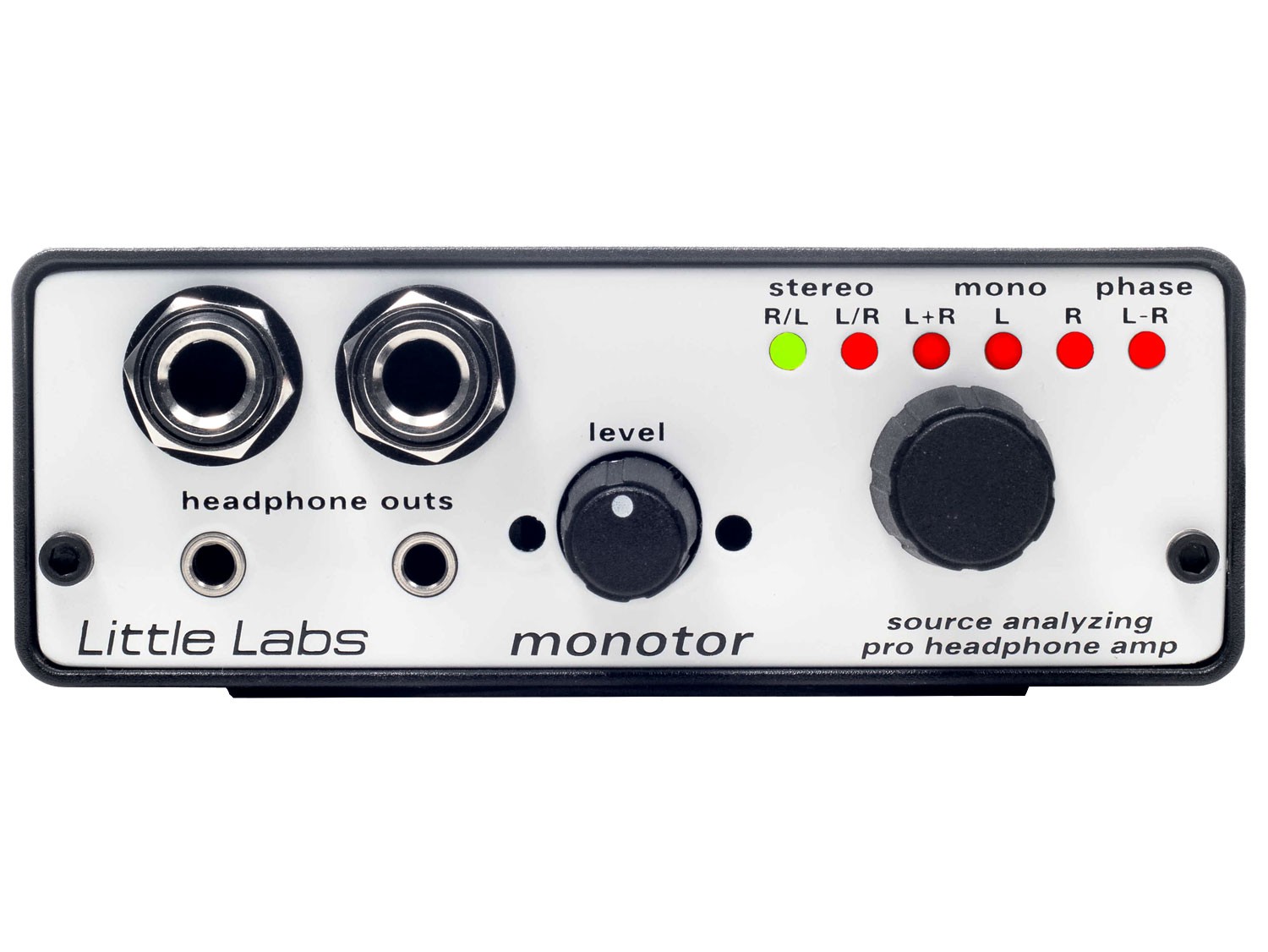
Little Labs Monotor
Tascam MH-8
